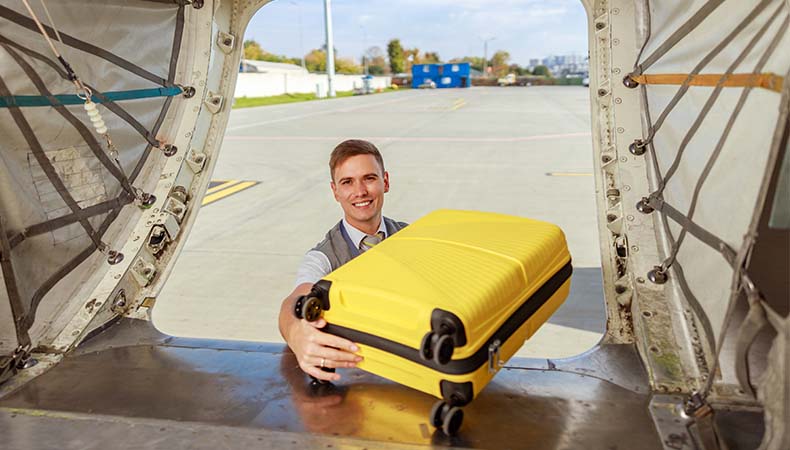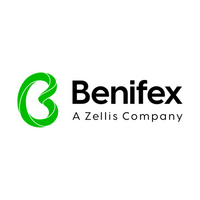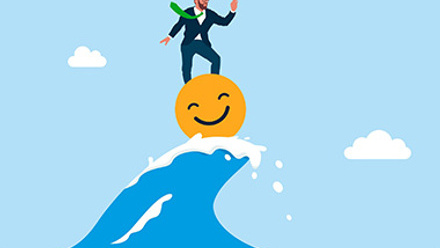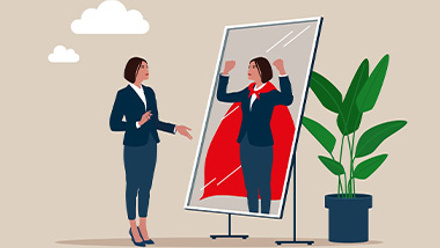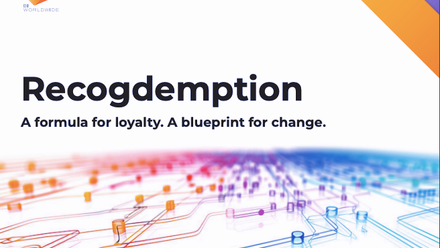3 tips to engage and recognise hard-to-reach employees
With rising employee expectations and a workforce that’s more dispersed than ever, recognition isn’t just nice to have – it's an essential part of EVP.
From airport baggage handlers to manufacturing line operators and remote workers, here’s some useful tips about engaging critical but often overlooked employees through digital, real-time recognition.
1. Make recognition instant
Recognition shouldn’t be reserved for head office. Yet for many deskless or remote employees, appreciation gets lost in the noise – replaced by operational updates, shift rosters or, worse, nothing at all.
That’s why going digital is non-negotiable. Recognition must be mobile-first, app-based and instant.
In fact, 91% of global employees say it's important that their company has technology in place to enable recognition to be shared and communicated digitally.
It needs to be simple to use, so people can send and receive praise from a shop floor, delivery van, or factory – without logging in to a desktop (especially given many deskless employees don’t have access to a workplace device).
Emma Gates, benefits and wellbeing consultant at The AA highlighted: “We needed a platform that would be easy to use out and about as almost half of our employees are out on patrol, so we wanted to make sure that they could engage easily whilst they’re on the move. The app was a big deciding factor for us.”
Timely feedback also maximises impact; 94% of managers agree that timeliness of feedback is ‘very’ or ‘extremely’ important.
Recognition in the moment means more to the recipient, and is far more likely to drive behavioral reinforcement, job satisfaction, and performance.
2. Encourage peer-to-peer recognition
When everyone can recognise everyone, something powerful happens.
You start to break down silos, strengthen cross-functional relationships, and embed a supportive and collaborative culture across the business.
Deskless workers, in particular, may not get day-to-day visibility from managers or even colleagues.
But when you open up recognition across teams, departments, and locations, you build connection.
Digital recognition platforms let people see and celebrate great work happening across the organisation – even if they never meet in person.
“Historically we’ve had big awards ceremonies, but these were too exclusive and only recognised a handful of our people,” said Jerome Lopez, head of people experience at Ocado Group.
“A recognition platform offered a way for all employees and managers to recognise each other or whole teams.”
Research shows that when employees feel seen and valued, engagement and fulfilment increases.
“The results have been fantastic. I’m surprised myself how much engagement we’ve had with the platform – particularly with the recognition scheme, which people absolutely love," said Steve Walsh, reward manager at London Gatwick.
“When we ran an employee engagement survey, satisfaction with benefits went up by 19% and our employee engagement across the whole business was up by 12%.”
3. Align recognition with company values
Recognition is most powerful when it reinforces what your organisation stands for.
In fact, 89% of employees believe people should be recognised not only for achievements but for behaviors that reflect their employer’s purpose and values.
For dispersed or deskless teams – who may miss out on the day-to-day culture cues of an office – this kind of value-aligned recognition can be a vital cultural anchor.
“It’s really important for us to have the ability to use the platform to link our new behaviors into our recognition platform,” said Georgia Rule, head of total reward at The AA.
“The fact that we can do that will really help us embed them into the new culture of the business.”
Empower your champions
By identifying app super-users across different departments, roles or regions, you can drive adoption and ensure the program feels inclusive and relevant to everyone.
These champions act as role models, encouraging colleagues to use the platform, celebrating great work, and feeding back on what’s landing well.
For hard-to-reach employees, having a trusted peer advocate for recognition – especially someone who understands their day-to-day reality – can be far more effective than top-down messaging.
Recognition is a value signal
At a time when HR teams are under pressure to demonstrate ROI and employees are demanding more relevance and clarity from their reward experience, recognition has become more than a cultural add-on – it’s a value signal.
Whether it's boosting engagement, building belonging, or simply helping people feel seen, recognition – when done right – creates meaningful everyday moments that resonate with employees.
As expectations rise – 65% of employees say their expectations of recognition have increased in the last year – it’s no surprise that 67% of employers globally have increased their recognition budgets (Propel Reward & Benefits Report, 2025).
But spend alone isn’t the answer. Organisations must ensure their recognition strategies are felt and understood by the people they’re designed to support.
Those leading the pack are using technology and clever communications to embed recognition into the flow of work – making it personal, purposeful, and impossible to miss.
Supplied by REBA Associate Member, Benifex
The home of award-winning employee benefits, reward, recognition, & communications.

